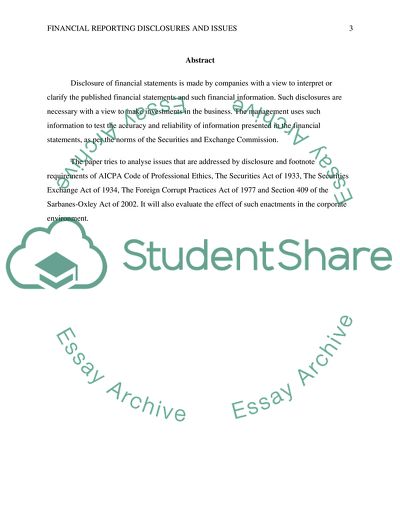Cite this document
(Financial reporting disclosure Research Paper Example | Topics and Well Written Essays - 3000 words, n.d.)
Financial reporting disclosure Research Paper Example | Topics and Well Written Essays - 3000 words. https://studentshare.org/finance-accounting/1807207-financial-reporting-disclosure
Financial reporting disclosure Research Paper Example | Topics and Well Written Essays - 3000 words. https://studentshare.org/finance-accounting/1807207-financial-reporting-disclosure
(Financial Reporting Disclosure Research Paper Example | Topics and Well Written Essays - 3000 Words)
Financial Reporting Disclosure Research Paper Example | Topics and Well Written Essays - 3000 Words. https://studentshare.org/finance-accounting/1807207-financial-reporting-disclosure.
Financial Reporting Disclosure Research Paper Example | Topics and Well Written Essays - 3000 Words. https://studentshare.org/finance-accounting/1807207-financial-reporting-disclosure.
“Financial Reporting Disclosure Research Paper Example | Topics and Well Written Essays - 3000 Words”. https://studentshare.org/finance-accounting/1807207-financial-reporting-disclosure.


